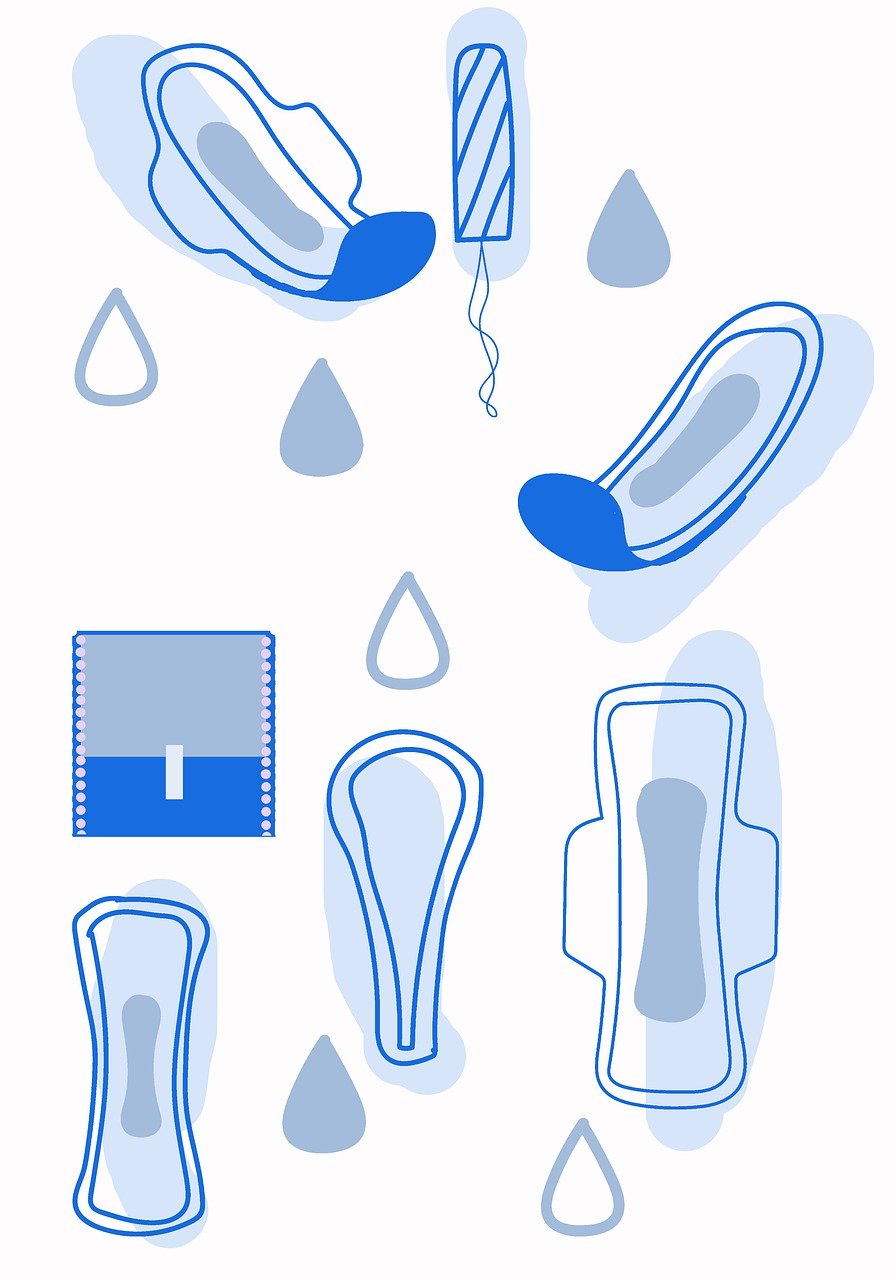Sanitary products are essential items for adult women and teenagers, with a high demand in the market. As a buyer, understanding the different types of sanitary products and their pros and cons is crucial for making informed purchasing decisions. This guide provides a detailed overview of the most common types of sanitary products available, helping you make the best choices for your needs.
1. Disposable Sanitary Pads
Pros:
- Convenience: Disposable sanitary pads are popular due to their ease of use. They can be thrown away after use, making them ideal for travel and outdoor activities.
- Variety: They come in various absorbencies, lengths, and thicknesses to meet different needs. With numerous brands available, they enjoy high market acceptance.
- Hygienic: Since they are single-use, they avoid the hassle of cleaning and maintenance, making them a favorite among consumers.
Cons:
- Environmental Impact: Most disposable sanitary pads are made from plastic and other synthetic materials, which are not biodegradable. Environmentally conscious consumers might prefer alternative products.
- Potential Allergies: Some women may experience allergies to the chemicals in sanitary pads, causing skin irritation and discomfort.
Market Analysis:
Disposable sanitary pads dominate the market, suitable for large-scale procurement and retail. Buyers should focus on the quality and price of brands to ensure competitive products.
2. Reusable Sanitary Pads
Pros:
- Eco-Friendly: Reusable pads can be used multiple times, reducing waste and aligning with sustainable practices, appealing to environmentally conscious consumers.
- Natural Materials: Typically made from natural materials like cotton, they offer good breathability and reduce the risk of skin allergies and irritation.
Cons:
- Maintenance: They require regular washing and drying, which is less convenient than disposable options. Consumer acceptance may need to improve.
- Initial Cost: Although more economical in the long run, the higher initial purchase cost may deter some consumers.
Market Analysis:
Reusable sanitary pads have significant market potential driven by eco-friendly and sustainable development trends. Buyers should consider product quality and comfort to meet high-end market demands.
3. Tampons
Pros:
- Discreet: Inserted into the vagina, tampons are nearly undetectable, making them suitable for sports and swimming.
- Portable: Their small size makes them easy to carry, favored by travelers and active individuals.
Cons:
- Usage Difficulty: Using tampons requires a certain level of skill, which may be challenging for first-time users.
- Health Risks: Improper use can lead to Toxic Shock Syndrome (TSS), so users need proper hygiene knowledge and techniques.
Market Analysis:
Tampons hold a significant market share in Western countries but are less accepted in Asian markets. Buyers should focus on product safety and brand reputation to gain consumer trust.
4. Menstrual Cups
Pros:
- Eco-Friendly: Made from medical-grade silicone, menstrual cups are reusable for years, reducing waste and supporting sustainability.
- Long-Lasting: Each use can last up to 12 hours, making them suitable for long outings or workdays.
Cons:
- Usage Difficulty: Inserting and removing menstrual cups requires skill, and they may not be suitable for everyone.
- High Maintenance: They need thorough cleaning and sterilization after use, which adds to maintenance costs and time.
Market Analysis:
Menstrual cups are popular among young women and those with strong environmental awareness. Buyers should focus on product safety, materials, and user feedback to ensure reliable quality.
5. Period Underwear
Pros:
- Comfortable: Worn like regular underwear, period panties eliminate the need for additional pads or tampons, offering convenience.
- Eco-Friendly: They can be washed and reused, reducing waste and aligning with sustainable practices.
Cons:
- Higher Cost: Compared to other sanitary products, the initial purchase cost is higher, which may influence consumer decisions.
- Limited Absorbency: Suitable for light to moderate flow days, they may need to be paired with other products on heavy flow days.
Market Analysis:
Period underwear is gaining recognition, especially among teenagers and young women. Buyers should focus on the absorbency performance and comfort of products to meet diverse needs.
Buying Guide: Choosing the Right Sanitary Products
1. Understand Market Demand
- Consumer Preferences: Know the usage habits and preferences of your target market to select the right product types.
- Market Trends: Stay updated with market trends and demand changes, such as the growing preference for eco-friendly products.
2. Product Quality
- Material Safety: Ensure products are made from safe, non-toxic materials to avoid health risks.
- Absorbency: Choose products with good absorbency to ensure user comfort and dryness.
- Comfort: Focus on the comfort of products, especially for users with sensitive skin.
3. Supply Chain Management
- Reliable Suppliers: Choose reputable suppliers to ensure product quality and supply stability.
- Price Negotiation: Negotiate with suppliers for competitive procurement prices to increase profit margins.
4. Branding and Marketing
- Brand Recognition: Select well-known brands to enhance market acceptance and sales.
- Marketing Strategies: Use effective marketing strategies like social media campaigns and offline events to boost product visibility and sales.
Conclusion
As a buyer, understanding the different types of sanitary products and their pros and cons can help you make informed purchasing decisions. Whether it’s disposable pads, reusable pads, tampons, menstrual cups, period underwear, or other options, each product has its unique market positioning and consumer base. By understanding market demand, focusing on product quality, managing the supply chain effectively, and combining branding and marketing strategies, you can gain a competitive edge in the market.
We hope this guide provides valuable insights for your sanitary product procurement process. If you have any questions or need further assistance, please feel free to contact us.





